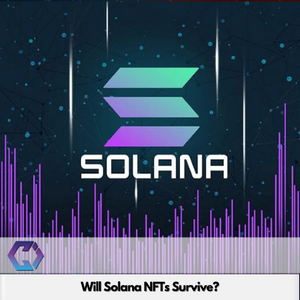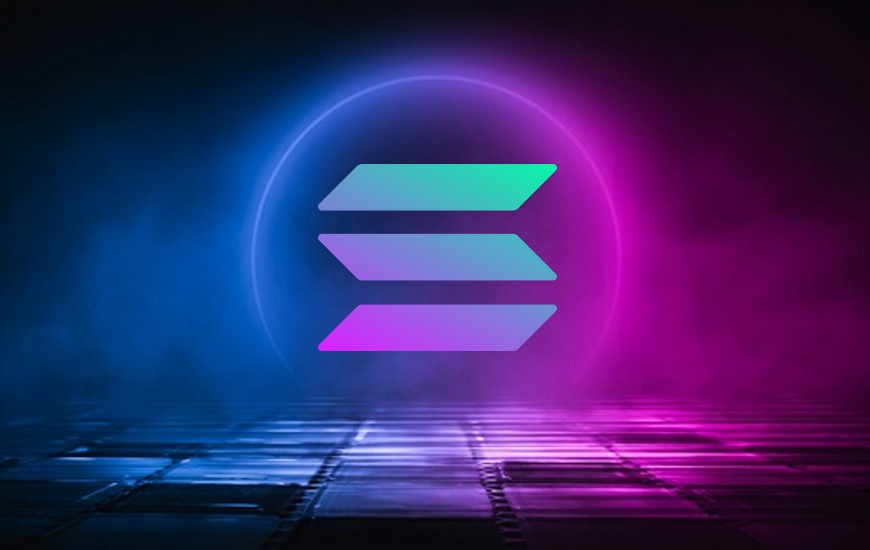
The world of non-fungible tokens, or NFTs, has exploded in popularity over the past few years, with the emergence of blockchain-based platforms like Ethereum allowing for the creation and trading of unique digital assets. One of the newer players in the NFT space is the Solana blockchain, which has gained a significant following thanks to its high transaction speeds and low fees.
But with the NFT market facing increasing scrutiny and criticism, some are questioning whether Solana’s NFTs will be able to survive in the long term. In this article, we’ll take a closer look at the current state of the NFT market and the potential challenges facing Solana and other NFT platforms.

To begin with, it’s important to understand exactly what NFTs are and how they differ from other types of digital assets. Unlike cryptocurrencies like Bitcoin, which are interchangeable and can be easily exchanged for other assets, NFTs are unique and cannot be replicated or exchanged for other tokens. This makes them ideal for representing unique digital assets like collectible items, art, and even virtual real estate.
The ability to easily create and trade NFTs has attracted a wide range of users to the market, from artists and creators looking to monetize their work, to collectors and investors seeking to own unique and valuable digital assets. However, the NFT market has also faced significant backlash, with critics pointing out that many NFTs are overpriced and lack real value, and that the market as a whole is prone to hype and speculation.
One of the key challenges facing Solana and other NFT platforms is the issue of scalability. As the popularity of NFTs has grown, so too has the demand for transactions on the underlying blockchain networks. This has led to congestion on some networks, resulting in slow transaction speeds and high fees.
The Solana blockchain was designed to address these issues, offering high transaction speeds and low fees that make it attractive for NFT users. However, it remains to be seen whether Solana will be able to handle the increasing demand for NFT transactions as the market continues to grow.

Another potential issue for Solana and other NFT platforms is the lack of regulation in the market. While the use of blockchain technology has introduced a level of transparency and security to the NFT space, it has also created a Wild West-like atmosphere in which fraud and scamming are all too common. This has led to calls for greater regulation of the NFT market, which could potentially impact the way that Solana and other platforms operate.
Finally, there is the question of the sustainability of the NFT market as a whole. Some critics have argued that the NFT market is a bubble that is bound to burst, citing the large amounts of energy that are consumed by the underlying blockchain networks as evidence of its unsustainability. While the Solana blockchain is more energy-efficient than some other networks, it is still reliant on proof-of-stake consensus, which requires a certain amount of energy to secure the network.
In conclusion, it’s difficult to say with certainty whether Solana’s NFTs will be able to survive in the long term. The NFT market as a whole is facing significant challenges, from scalability and regulation issues to concerns about sustainability. However, Solana’s focus on high transaction speeds and low fees could give it an edge in the market, and the platform may be able to adapt and evolve in response to changing conditions. Ultimately, the future of Solana’s NFTs will depend on a range of factors, including the adoption of new technologies and the development of a more mature and sustainable NFT market.




































































































































































































